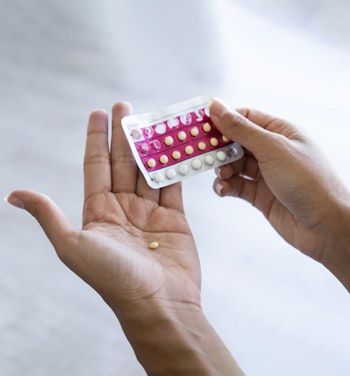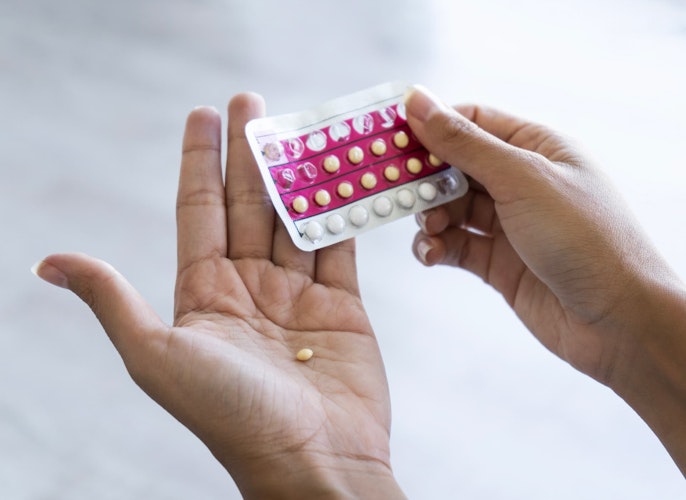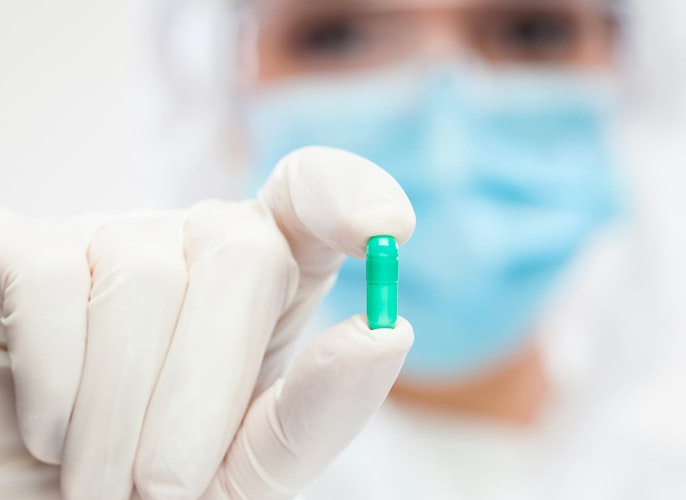


In brief
Women's access to birth control has transformed lives and enabled notable societal progress. Despite this progress, the very high number of unwanted pregnancies and terminations mean it is essential to strengthen the supply of contraception.
In addition to their personal preferences, women of childbearing age must take into account changes in their personal life, natural declines in fertility, the increasing risk of vascular issues, and the development of contraindications when choosing the best method of birth control for them.
Oral contraception is far ahead of other birth control methods such as intrauterine devices or other hormonal methods (intrauterine system, vaginal ring, patch, or implant).
Oral contraception (the pill) is an effective and widely used method.
Estrogen-progestin or 'combined' pills contain two types of hormone: estrogen and progestin. The same applies to the vaginal ring and the patch.
The progestin-only pill (also known as the mini pill) is another hormonal birth control method, but the tablets contain only one type of progesterone-derived hormone.
These medicines are prescribed by a doctor or midwife. These medicines are dispensed by a pharmacist. They are very effective when used according to the directions given in the information leaflet, but a doctor, midwife, or pharmacist should also provide a verbal explanation. The quality of these medicines is strictly regulated.
Barrier methods
The condom (male or female) is the only effective method of contraception against sexually transmitted infections (STIs), including AIDS. You should therefore use a condom on top of any other contraception in order to protect yourself against STIs and AIDS.
Hormonal birth control
Hormonal birth control methods block ovulation, implantation, or cervical mucus by chemically reproducing a woman's hormonal cycle.
Intrauterine methods
An intrauterine device (IUD) is inserted into the uterus and provides long-term reversible birth control. The copper IUD (intrauterine device) works thanks to the cytotoxic effect the copper has on the gamete cells; this alters the sperm, thus inhibiting fertilisation. The IUD also works by causing local inflammation of the endometrium, which prevents a fertilised egg from implanting in the uterus. (Non-hormonal methods such as the intrauterine device (IUD) work mechanically. They cause the endometrium to swell, which prevents the egg from implanting in the uterus).
Proper use of combined estrogen-progestin birth control


The 28-day pack
The first 28-day combined pill appeared in 1987; the pack contained 21 tablets to be taken at a fixed time each day, with a one-week break before starting a cycle pack.


A concept fostered and enhanced by Laboratoires Majorelle
Laboratoires Majorelle also encourages another recently developed scheme: the 28-day continuous-use option. The pill packs consist of 28 tablets: 21 hormone tablets and 7 hormone-free tablets (placebos).
This chronic treatment encourages the reflex to take the tablet every day and thus reduces the incidence of forgotten pills.
(This new generation of pills has become popular with patients because of its ease of use: patients take one pill every day without breaks. This habit reduces the risk of forgetting to take the pill by 10% and, consequently, that of an unwanted pregnancy).
